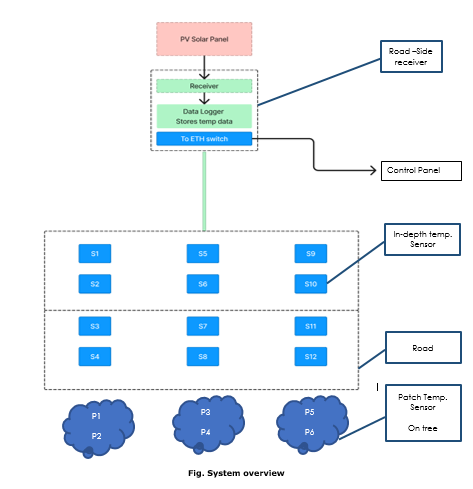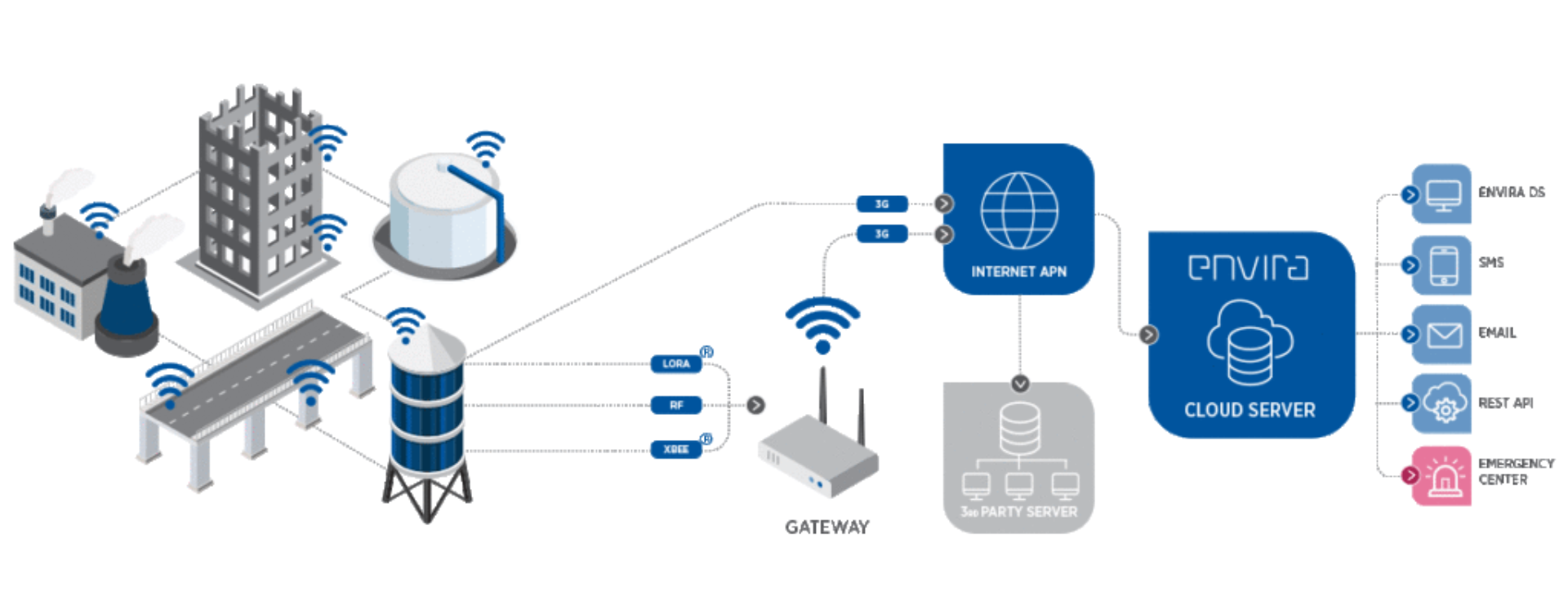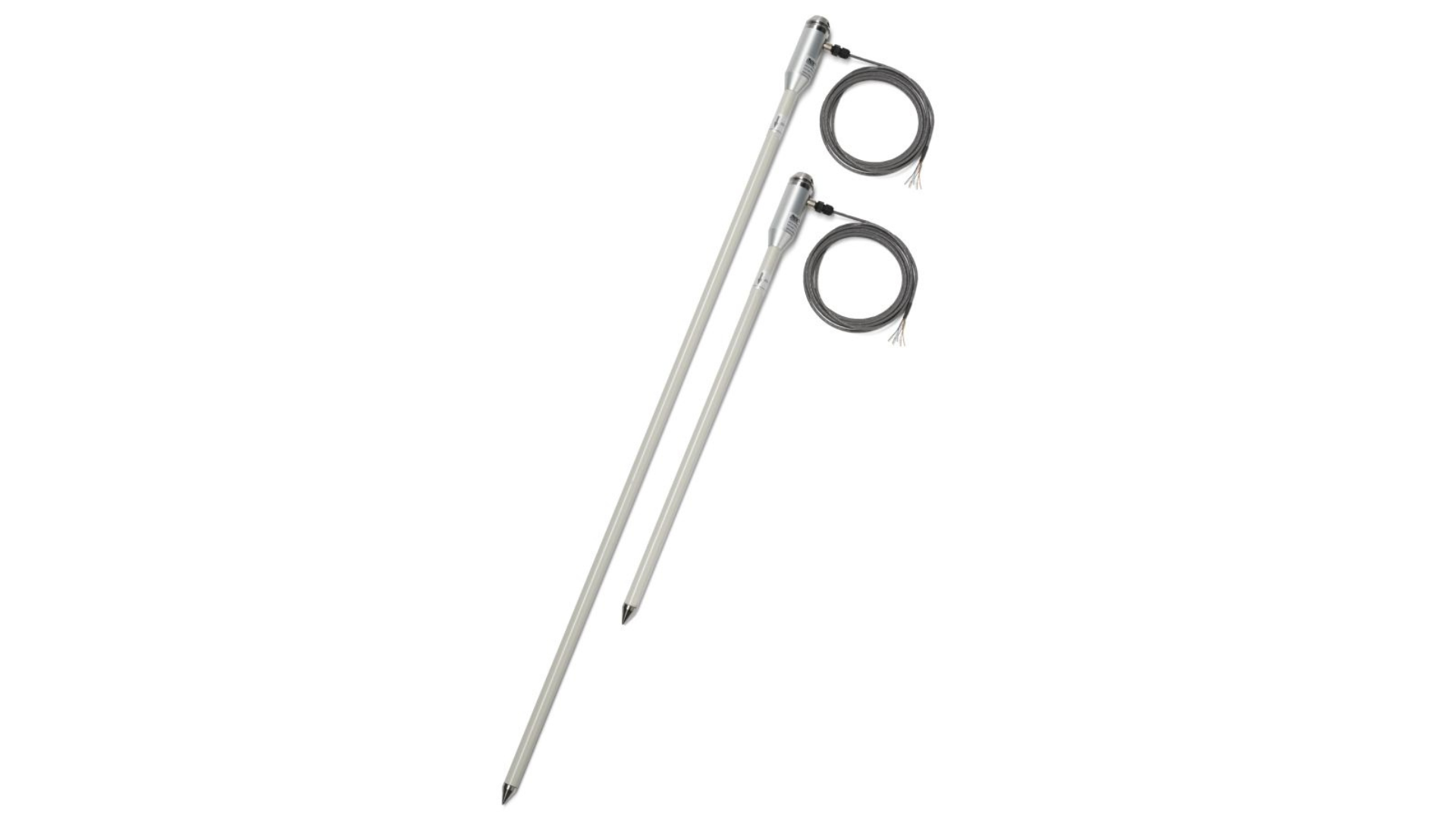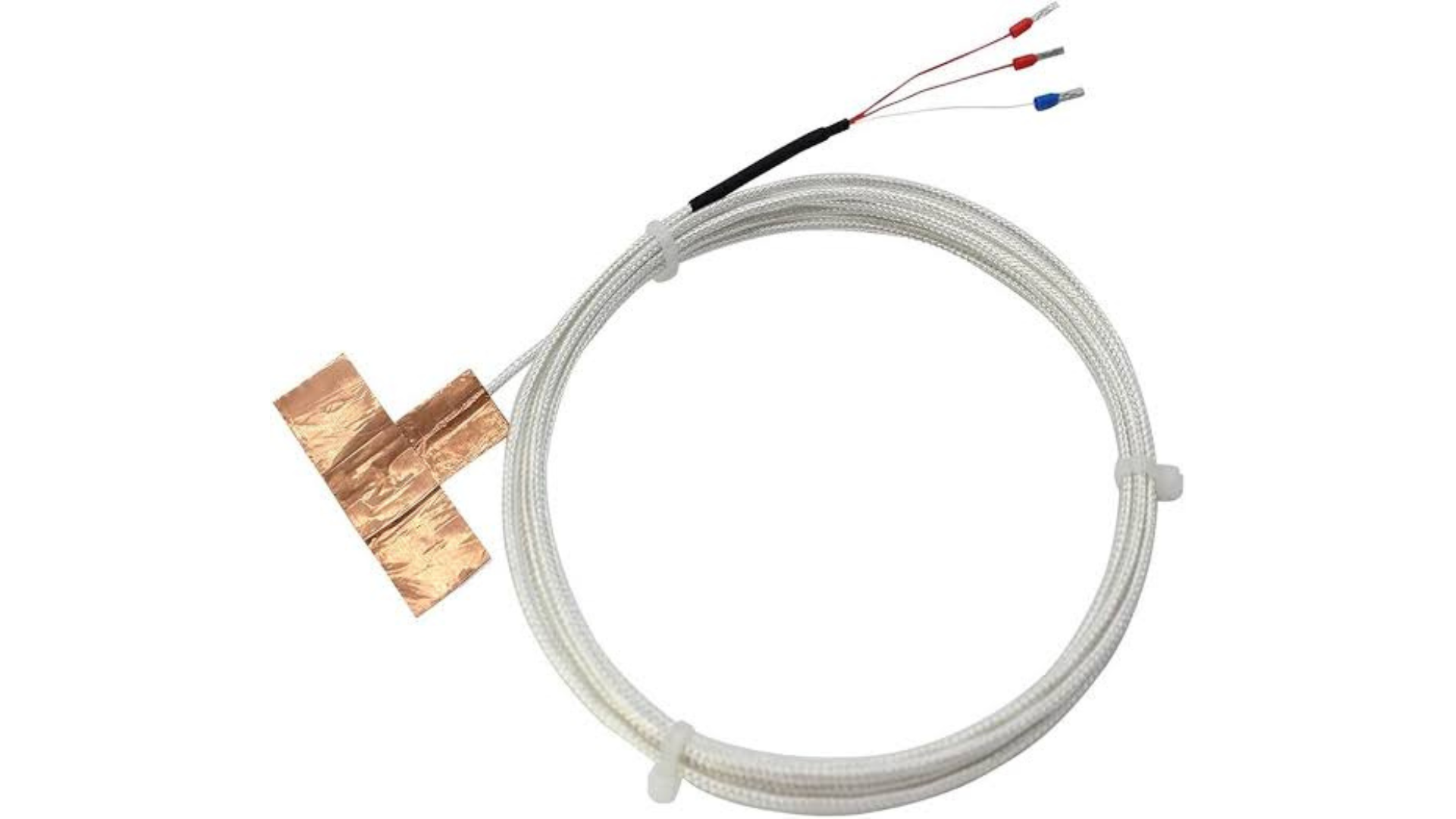Weather And Pavment Temperature Monitoring system
Structure Monitoring Technology Private Ltd, Koregaon park, Pune, Maharashtra, India
The system is meticulously designed for monitoring the surface temperature of roads and the
surrounding environment. In-depth temperature monitoring of the road involves the utilization of
thermocouple temperature sensors embedded in cat-eye enclosures. These sensors, housed alongside a
battery, antenna, PV solar panel, and a communication gateway, are strategically installed at
predefined positions in the road. Concurrently, for monitoring the temperature of predefined areas
like trees and other surfaces, patch temperature sensors are employed. Both types of sensors possess
the capability to generate and store power, transmitting measured data to the control panel.
The collected temperature data from the in-depth temperature sensors and patch sensors is
transmitted to a road-side receiver. This receiver incorporates a power source, data logger, and an
SSD storage device. The data logged by these sensors is stored locally and subsequently transmitted
to the control panel. From the control panel, the data is further transmitted to the control room
via cloud connectivity.
A thermal camera, mounted on a pan-tilt unit, facilitates the collection of surface temperature data
from specified areas. The pan-tilt unit boasts a 360-degree rotational coverage and a 60-degree
lift. A dedicated control panel unit, strategically positioned near the monitoring station,
accommodates the camera and additional sensors, including temperature and moisture sensors, rainfall
sensor, solar flux sensor, sky temperature sensor, wind speed, and wind direction. The CPU within
the control panel manages all operations in accordance with the programmed instructions. A separate
data logger is integrated into the CPU for data storage and transmission via the communication
gateway. An Ethernet switch is also included in the control panel to gather surface temperature data
installed on the roadside. It has redundant power supply which provides uninterrupted power supply.
Components of the system
System Overview
Embedded in-built sensors and Patch sensors will be strategically installed on the road,
showcasing the capability to autonomously harvest the requisite power for temperature
measurement. These sensors efficiently transmit the recorded temperature readings to the
road-side receiver, and their precise placement can be defined in collaboration with relevant
authorities.
The wireless connectivity of all sensors with the road-side receiver ensures seamless data
transmission. Additionally, a thermal infrared (IR) camera is mounted on the control panel to
capture and measure the surface temperature of diverse surfaces.
Within the control panel, a comprehensive weather parameter monitoring sensor is incorporated,
facilitating the real-time transmission of monitored data to the software platform through a
dedicated communication gateway.
For a more detailed understanding of the sensors' estimated locations, refer to the accompanying
image.

Software Used
The data collected by all sensors is initially received by the roadside receiver, which then
transfers this data to the control panel after storing it in its local database. Subsequently,
the control panel transmits this data to the control room via cloud connectivity. Upon arrival
at the control room, the transmitted data is uploaded onto the server.
The software employed possesses the capability to verify the accuracy and integrity of device
information before storing it in the database. Subsequently, the data undergoes analysis through
various machine learning programs. Through API integration, users gain access to real-time
readings, enabling them to monitor the system's performance dynamically.
The software interface offers users multiple functionalities, including a list view feature that
allows for the display of all connected devices to the control panel, along with their current
activity status. A search bar feature enables users to quickly locate specific instruments for
further analysis or management. Additionally, users can download required data from the software
in various formats using the report data feature, facilitating easy retrieval and analysis of
pertinent information. Overall, these features enhance the usability and efficiency of the
software platform, providing users with comprehensive monitoring and management capabilities.






